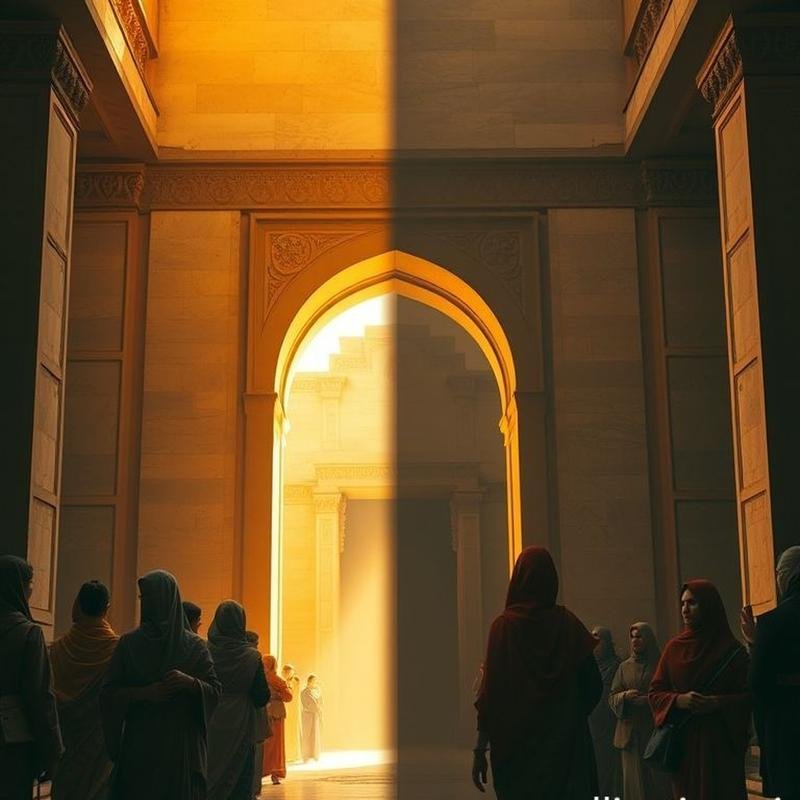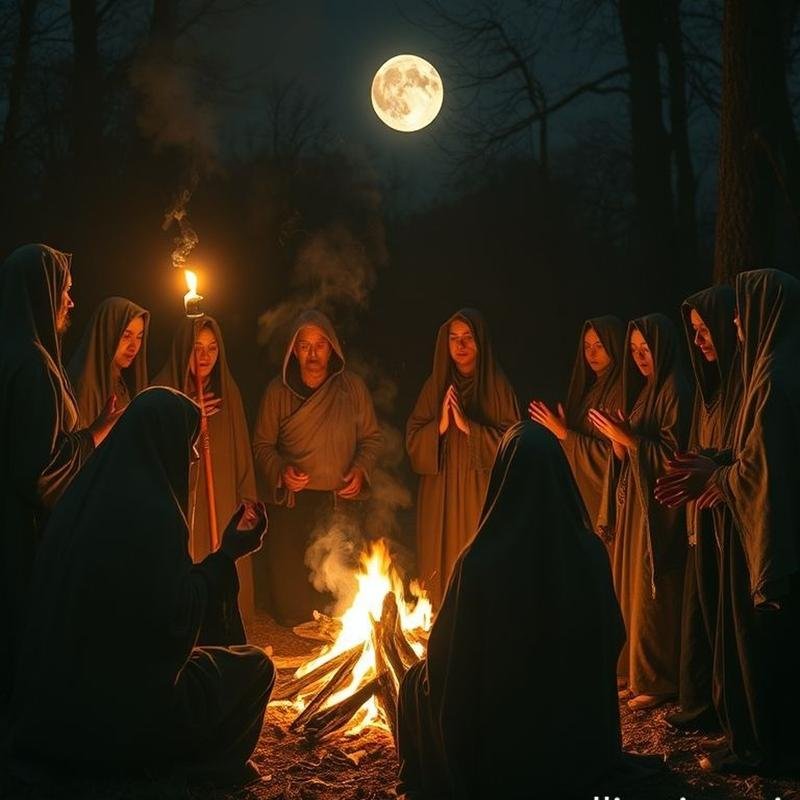Forbidden Territories: Spaces with Restricted Access Based on Gender.

Gender-Restricted Spaces: Discrimination or Necessity?
Imagine a world where gender alone dictates access and opportunity, perpetually excluding half of humanity from certain domains. What are the enduring reasons for the persistent exclusion of women from some spaces and the strict prohibition of men from others? Is this simply overt discrimination, or does a more intricate interplay of power dynamics, historical traditions, and perceived benefits underpin these restrictions? Prepare to critically examine your assumptions regarding segregation, privilege, and the subtle forces that shape our world, one gendered space at a time. We will delve beyond superficial observations to explore the underlying rationales for these divisions and the surprising insights they reveal about human nature.
Before we examine these restricted realms, what initial thoughts come to mind? Subscribe to unlock further insights. Let us trace the origins of segregation, not as isolated incidents, but as a deeply ingrained phenomenon.
Historical Roots of Gender Segregation
Consider Ancient Greece, the birthplace of democracy, yet a society where women were largely confined to the domestic sphere. Their domain was household management and child-rearing, a world separate from the bustling agora and male discourse. This was not coincidental; it stemmed from deeply rooted beliefs about female intellectual inferiority and, perhaps more importantly, the perceived need to control their reproductive capacity. The Roman Empire, while granting women slightly more autonomy, still rigidly excluded them from formal politics and military command. Religious rituals, too, were often gendered, with certain deities and ceremonies reserved exclusively for men or women.
As Christianity rose in Medieval Europe, it further reinforced gender roles, emphasizing a woman’s place as wife and mother. Convents offered an alternative, a space for intellectual and spiritual pursuits, but remained separate from male monastic orders. Even the Islamic Golden Age, with its progressive laws granting women property rights, saw social customs restricting their public lives; mosques were divided, reflecting broader societal segregation. The reasons are varied, ranging from religious interpretations to societal norms surrounding modesty and the protection of women.
Gendered Spaces in Religious Contexts
Consequently, spaces deemed sacred became reflections of societal beliefs. The Western Wall, a poignant historical symbol, stands divided. Men gather on one side, women on the other, separated by tradition and a desire for focused, uninterrupted prayer. Within mosques, a similar pattern emerges. Women often occupy designated areas, such as a balcony overlooking the prayer hall or the rear of the space. These spatial arrangements are dictated by interpretations of scripture and the delicate balance between modesty, devotion, and deeply held beliefs.
However, these divisions are not unique to Abrahamic faiths. Consider Mount Athos, where women have been forbidden entry for over a millennium. This sanctuary, dedicated solely to monks, is believed to be a place where their spiritual pursuits are too vulnerable to the presence of women. Or the Sabarimala Ayyappan Temple, where the bodies of menstruating women were once considered impure, a disruption to the celibate deity’s energy. Although the ban has been overturned, the echoes of that belief persist. Even ancient traditions reveal this enduring pattern. The Kotosh of Peru featured segregated rituals and architecture, suggesting distinct roles for men and women in communion with the divine. The reasons behind these divisions are varied, deeply rooted in cultural and religious contexts, and constantly evolving over time.
Cultural Norms and Modern Segregation
From Peru’s Kotosh to the present day, cultural norms profoundly shape the architecture of our lives, subtly dictating who belongs and where. Consider Mount Athos in Greece, a monastic sanctuary where the exclusion of women since 1046 AD is not merely tradition; it is a spiritual cornerstone, believed to safeguard the monks’ spiritual purity and unwavering devotion.
Contrast this with the Umoja village in Kenya, a haven created by women, exclusively for women—a defiant and necessary response to sexual assault and patriarchal violence. Here, segregation becomes a shield, a sanctuary where women rebuild their lives and redefine their identities on their own terms.
Even within religious orders, the story unfolds in nuanced and often surprising ways. Among certain Sufi orders, separate spaces for women are not about subjugation, but rather empowerment, providing a vital platform for female spiritual leaders and the flourishing of unique spiritual practices. Meanwhile, in Lomé, Togo, the Amagbalé sacred grove stands as a powerful testament to female spiritual authority, a place where only women are permitted to perform specific, sacred rituals.
These spaces, whether restrictive or liberating, reflect deeply ingrained beliefs and societal values. The former ban on women driving in Saudi Arabia, justified by some as a means of protecting women and preserving social order, starkly illustrates how cultural interpretations of gender roles can manifest in tangible and often limiting restrictions. And as the haunting legend of Rozafa Castle in Albania poignantly suggests, beliefs about sacrifice, property, and gender can be intertwined in unsettling ways. Ultimately, these examples challenge us to confront the complex and ever-shifting interplay between tradition, identity, and the roles we assign to each other.
Safety, Security, and Segregation
But is this safety genuine, or merely a comforting illusion? UN Women’s 2017 report paints a grim picture: 87,000 women intentionally killed worldwide, a staggering number with over half victimized by intimate partners or family—violence erupting within the very spaces meant to provide refuge. The European Union echoes this concern, with studies revealing that one in three women have experienced physical or sexual violence since the age of fifteen.
Japan’s introduction of women-only train cars, a direct response to persistent groping on crowded commutes, highlights a desperate search for secure spaces. Yet, critics argue that such segregation subtly reinforces the problem, perpetuating the notion of women as inherently vulnerable and in need of constant protection.
Perhaps the true solution lies not in separation, but in addressing the underlying causes of insecurity. Research indicates that improved street lighting, thoughtful urban planning, and community-driven initiatives, such as UN Women’s Safer Cities for Women program, are more effective in reducing crime than spatial division alone. Even within education, studies on all-girls schools present a nuanced and debated landscape, where benefits like increased confidence and academic performance remain subjects of ongoing scrutiny. Are we truly creating safer havens, or merely reinforcing the bars of a gilded cage?
Power Dynamics and the Perpetuation of Inequality
From gilded cages, we now turn to the more fundamental question of power: who truly benefits from these divisions? Are they merely relics of the past, or carefully maintained structures designed to perpetuate existing inequalities?
Consider the exclusive men’s clubs and boardrooms where male voices dominate. Historically, these spaces have served as engines of economic and political power, environments where access and influence are subtly, yet decisively, denied to women. A stark reminder of this reality lies in a 2014 Catalyst study, which revealed that women held less than 20% of board seats globally—a chilling statistic that exposes how these seemingly innocuous spaces can reinforce systemic exclusion.
However, the narrative is complex. In contexts marked by violence and discrimination, women-only spaces—from ancient mikvehs to modern shelters—offer crucial sanctuary, empowerment, and a vital opportunity to rebuild shattered lives. Even the Beguinages of medieval Europe provided women with a haven, a space free from the constraints of marriage and convent life.
And what of powerful movements like the Soweto Women’s March, a resounding testament to the strength of women uniting and demanding change? Or the subtle segregation within religious spaces, such as some Islamic mosques, where separate prayer areas can become fiercely contested battlegrounds for visibility and participation? Even within the isolated regime of North Korea, the ubiquitous rhetoric of equality clashes sharply with the stark reality of rigidly gendered roles, subtly reinforced through deliberately segregated spaces. These are not simply lines drawn on a map, but rather, critical battle lines in the ongoing, complex struggle for true equality.
Conclusion: Reimagining Space and Equality
So, as we have journeyed through spaces shaped by gender—from the contested grounds of religious sanctuaries to the perceived safety of women-only havens, and the ancient traditions of indigenous tribes—what profound truths have we uncovered? The lifting of driving bans and the breaching of temple walls are not merely isolated triumphs; they represent seismic shifts reshaping a long-fractured landscape. Yet, even amidst our celebrations of progress, persistent shadows linger—guardianship laws, enduring monastic traditions, and the subtle perpetuation of stereotypes within segregated education.
Perhaps our true challenge lies not in dismantling every wall, but in deeply understanding why they were erected in the first place. It lies in reimagining a future where space fosters equity, not division; where tradition honors both heritage and progress; and where safety does not require the sacrifice of freedom.
What historical, cultural, or societal factors do you believe most significantly contribute to the creation and maintenance of gender-segregated spaces? Share your insights and join the conversation below.








